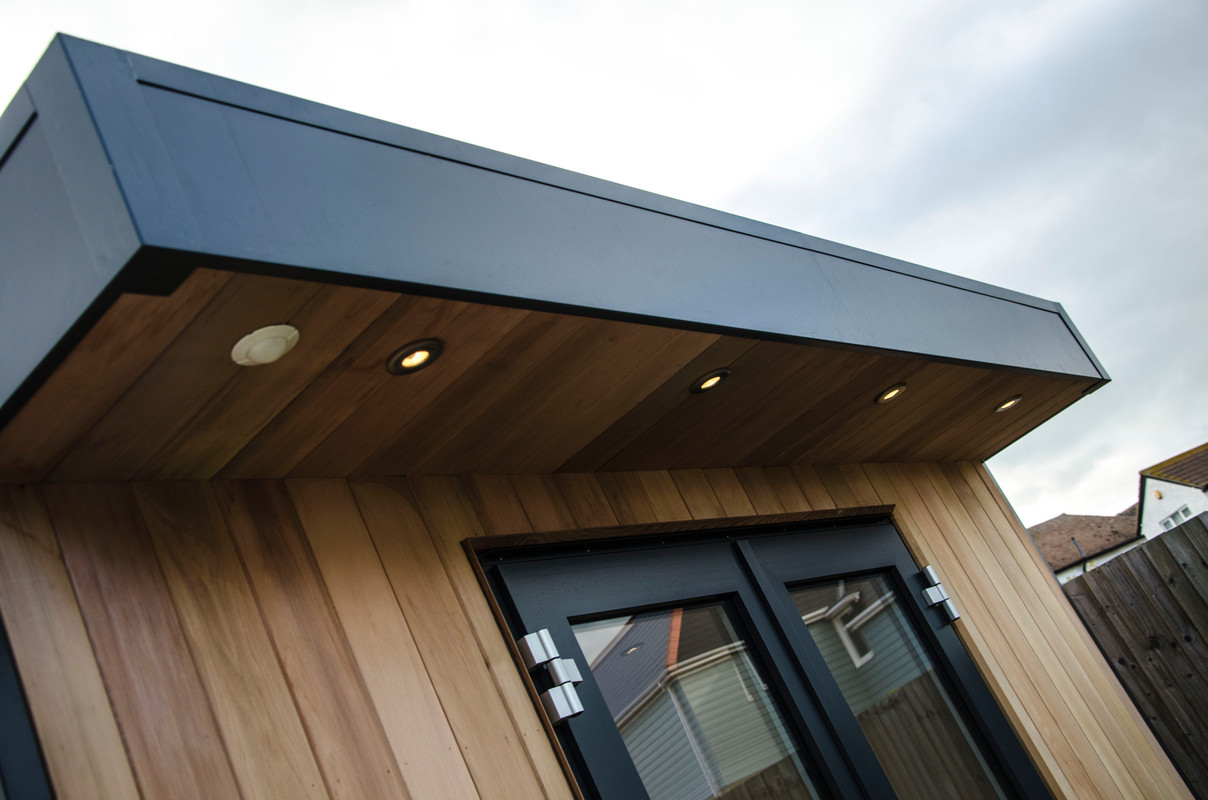Top 7 Mistakes to Steer Clear of When Selecting Wooden Outdoor Structures
Top 7 Mistakes to Steer Clear of When Selecting Wooden Outdoor Structures
Blog Article

1. Not Considering the Right Type of Wood
One of the most significant mistakes people make is selecting the unsuitable type of wood. Different types of timber have distinct levels of durability, tolerance to weather, and maintenance needs. High-quality woods like Western Cedar are ideal choices because they by design resist rot and insects, making them suited for outdoor use.2. Not Considering Nearby Weather Conditions
The British unpredictable weather can damage garden structures. Neglecting to factor in how precipitation, wind, and climate changes will influence your timber structure can lead to early degradation. Make sure to go with weather-resistant wood and sealants to prolong durability.3. Overlooking Proper Foundations
A frequent error is not taking the time to prepare a stable base. Timber outdoor units, especially garden offices, need a level and strong foundation to eliminate issues like distortion and instability. A poorly built base can cause severe support concerns, so investing in proper groundwork is essential.4. Selecting the Incorrect Dimensions
Many garden owners either miscalculate or underestimate the size of their wooden buildings. Too small, and you might find it impractical; oversized, and it could take over your outdoor area. Before buying, carefully assess the usable space and think about how you’ll utilize the unit in the long run.5. Overlooking Care
Timber requires upkeep to stay in excellent form. Forgetting to consistently treat, paint, or stain your wooden structure can lead to fading, rot, or pest infestations. If you prefer a low-maintenance option, opt for high-quality treated wood that requires minimal upkeep.6. Forgetting Qualified Assembly
While do-it-yourself jobs can be fulfilling, assembling a timber unit without expert expertise can lead to stability issues. Hiring knowledgeable installers ensures safe construction, helping you avoid time, effort, and avoidable expenses down the road.Final Thoughts
Steering clear of these common errors will help you get a wooden garden building that is long-lasting, practical, and aesthetically pleasing. If you're looking for expert assistance and top-notch workmanship, consider working with the experts in garden office paisley tailored services that match your space. Report this page